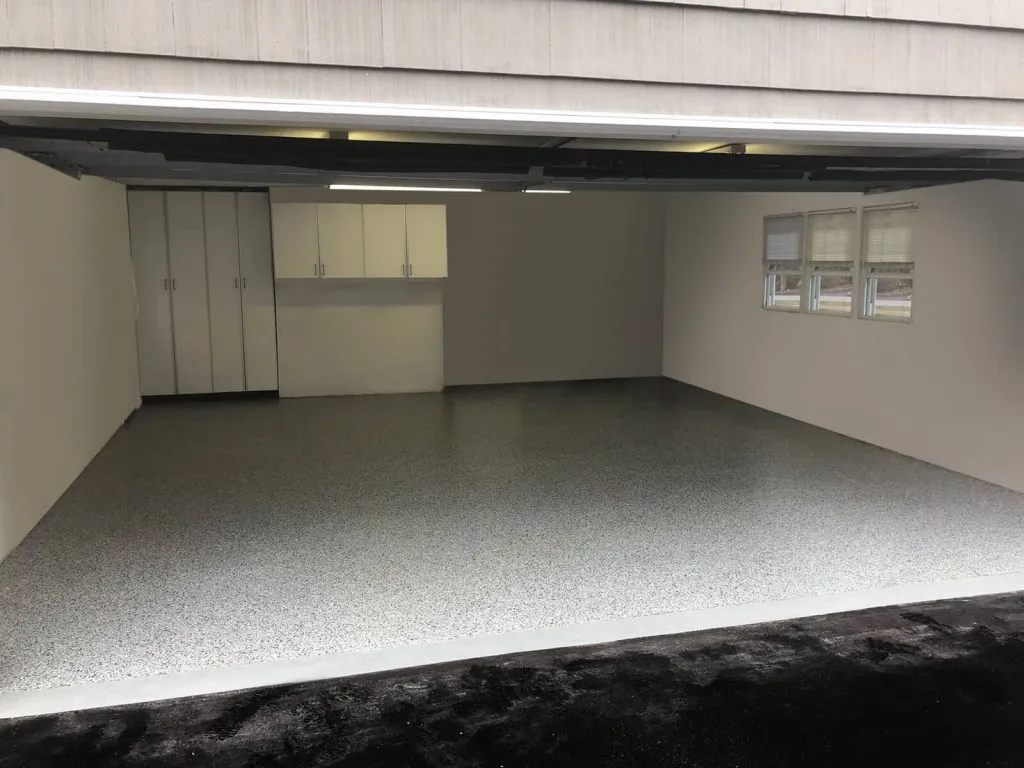Q.1.) How much epoxy coating costs?
The cost of epoxy coating ranges from $3 to $7 per square foot, hence, the cost will vary depending on the area of your floor and choice of epoxy.
Q.2) How long do Epoxy floors last?
A good quality and properly installed epoxy can last up to 15 to 20 years but if you go for a cheap one it will lose its attractiveness after only a few years.
Q.3) Is epoxy coating slippery?
It isn’t as slippery as it looks. Generally, a skid-resistant additive is mixed with the topcoat, but in its absence, the coating will become slippery.
Q.4)Can you put new epoxy over old epoxy?
Yes, you just need to clean, specifically, sand and vacuum the cured epoxy before you apply a new coat.



